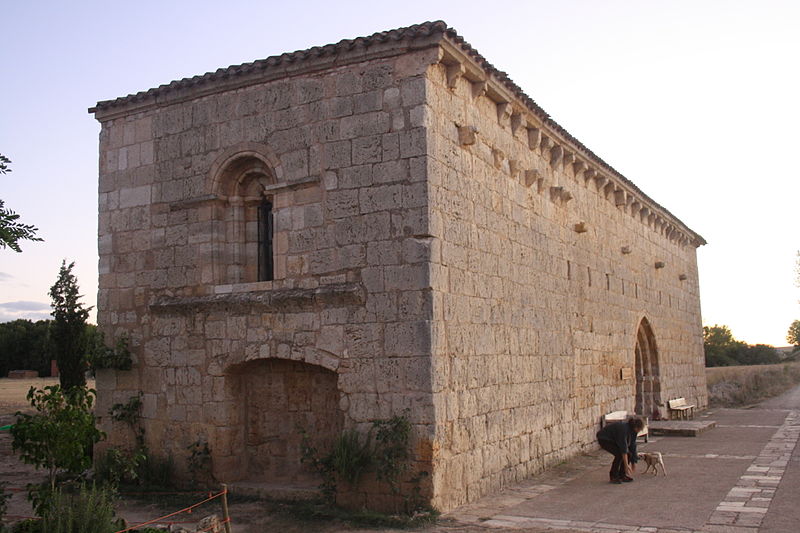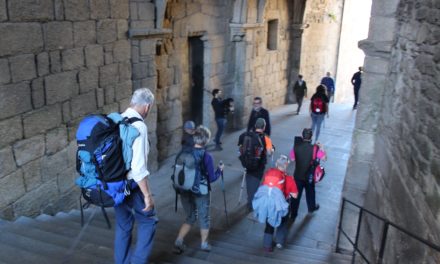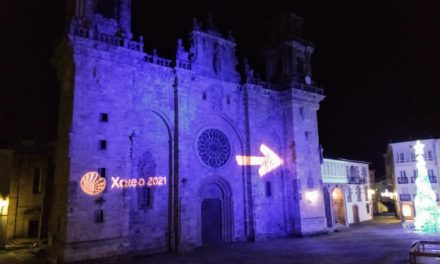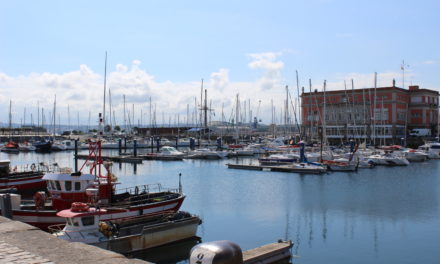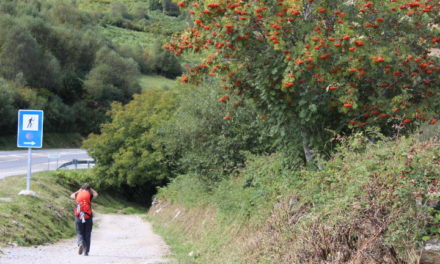The small church of San Nicolás de Puente Fitero, called the “hermitage” by the local people, is one of the most well-known and beloved places for Jacobean pilgrims. It is an old foundation of the Order of Malta located in the municipality of Itero del Castillo, in the province of Burgos, but, above all, it is one of the most famous traditional shelters on the Camino de Santiago.
The San Nicolás de Puente Fitero hostel was a project of Paolo Caucci von Saucken, president and founder of the Confraternita di San Jacopo de Perugia (Italian pilgrims’ association), but he is also an eminent researcher and expert on pilgrimages. Having fallen in love with the place from his first pilgrimages, Paolo Caucci von Saucken conducted campaigns among the brotherhood in order to restore the building and – since he is a university professor – he also involved some of his students, many of whom had already made a pilgrimage to Santiago, as others would do later.
In 1994 the hostel was inaugurated, since then counting on mostly Italian hospitaleros, volunteers from the Confraternita who every day, between the months of April and October, offer bed, dinner and breakfast to a small group of pilgrims. The pilgrims must be willing to spend that time in the material conditions of centuries ago (the hostel does not have electricity), but in exchange they have access to a spiritual experience and a fraternal welcome.
Frequently the Confraternita carry out religious services in the church and always provide a Christian welcome that follows the guidelines given by the Benedictine Order and contained in the Calixtino Codex: welcoming the pilgrim as if he were Christ or Santiago himself. This is demonstrated above all by the Italian confraternity offering the pilgrim the famous rite of foot washing, an ancient tradition linked to many hospital orders in the past, especially those that followed that of Saint Augustine.
Regarding its history and architecture, it dates back to possibly in the 12th and 13th centuries, following the characteristic Romanesque style of having a single nave. Its membership in the Order of the Knights of San Juan, later known as the Order of Malta, is documented and linked to the presence of the nearby Fitero Bridge over the Pisuerga River, an infrastructure of great importance that linked the kingdoms of Castilla y León and, today, to the provinces of Burgos and Palencia. The Knights of San Juan would have taken care to keep the bridge in good condition, facilitating the passage of pilgrims and also offering them their hospitality.
Photo: We have taken this image of the Commons Wikipedia project, its author is Timiotatongenos.

